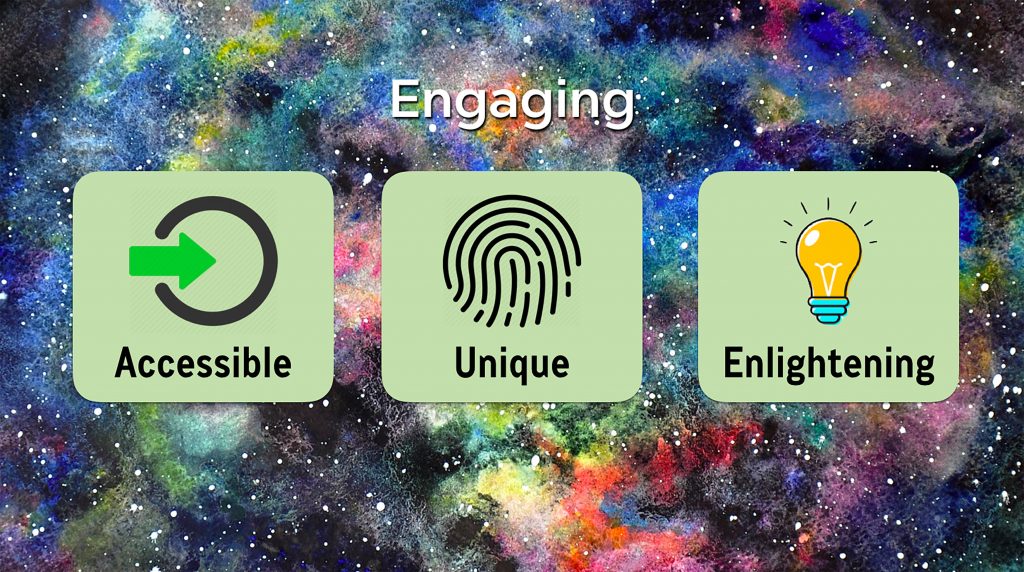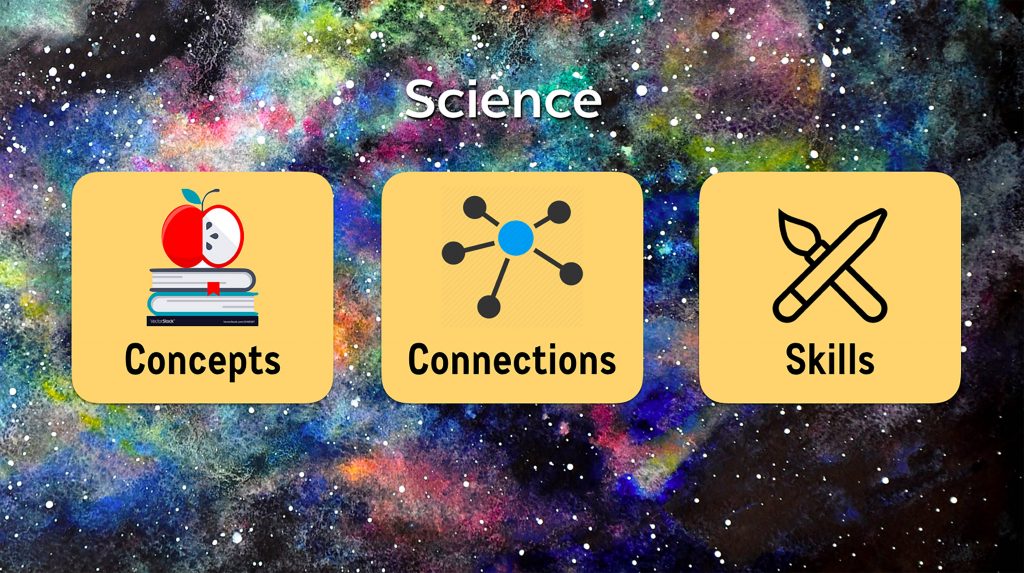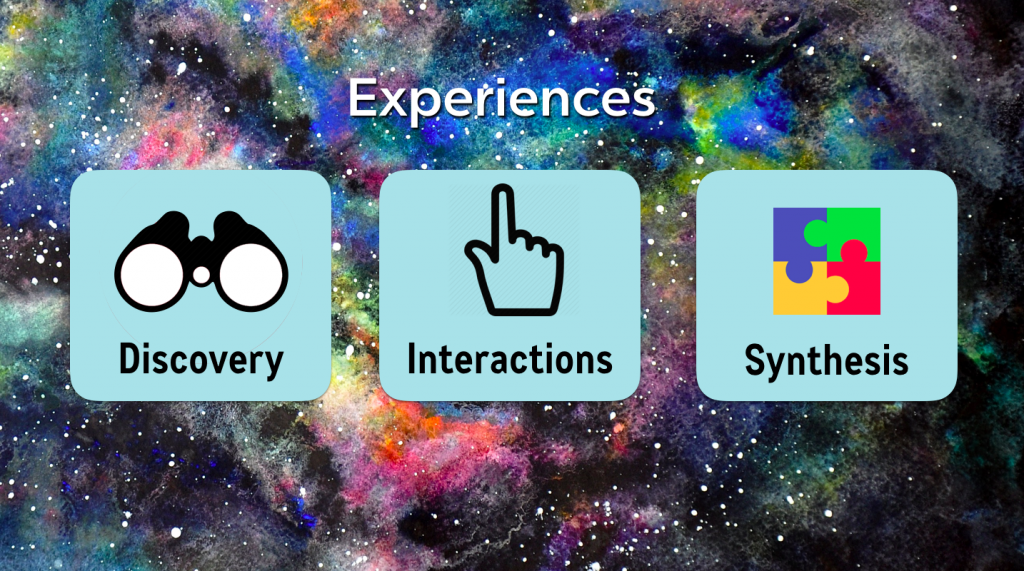
Persistent Threats Tuberculosis, Malaria, and more

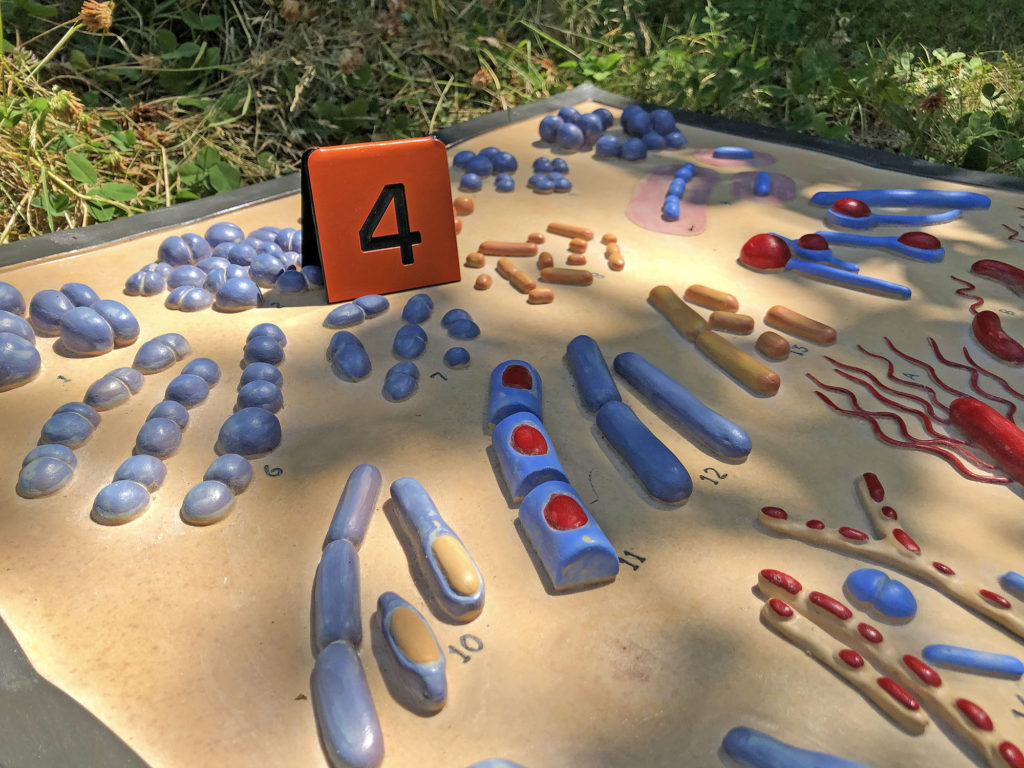
Persistent Threats Objectives
-
Describe tuberculosis, including the form of transmission, degree of infection without symptoms, possible damage to lungs, global occurrence, and antibiotic resistance.
- Explain how Ebola is transmitted, the impacts on an individual’s body, overall mortality rate, and the status of a vaccine.
- Describe HIV structure, how it infects cells, the infection that progresses in a human over time, and how AIDS impacts the body.
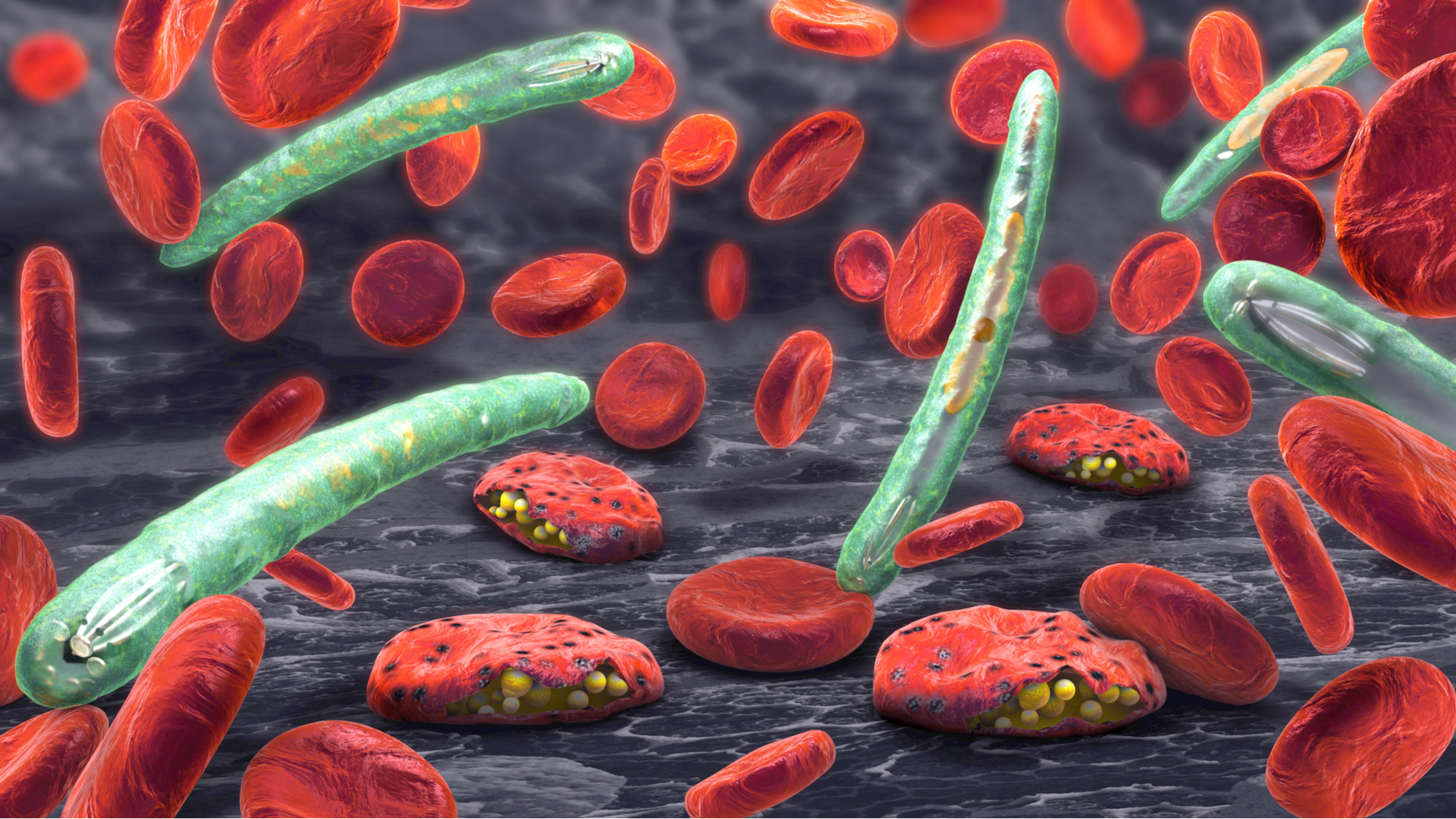
Some diseases like malaria, influenza, and tuberculosis have been causing deaths for centuries and have still not been conquered. Epidemics are infectious disease occurrences that impact large numbers of people, sometimes for extended periods of time.
Tuberculosis
Somehow, even before COVID-19, we were not hearing about a devastating epidemic already underway. The single most deadly pathogen to humans causes tuberculosis (TB). Approximately 1.5 million people died of TB in 2019. Because of similar symptoms to COVID, TB may now be under-diagnosed; but an estimated 1.2 million people died of TB in 2023. This video tells the story of a disease that is a consistent threat to our species.
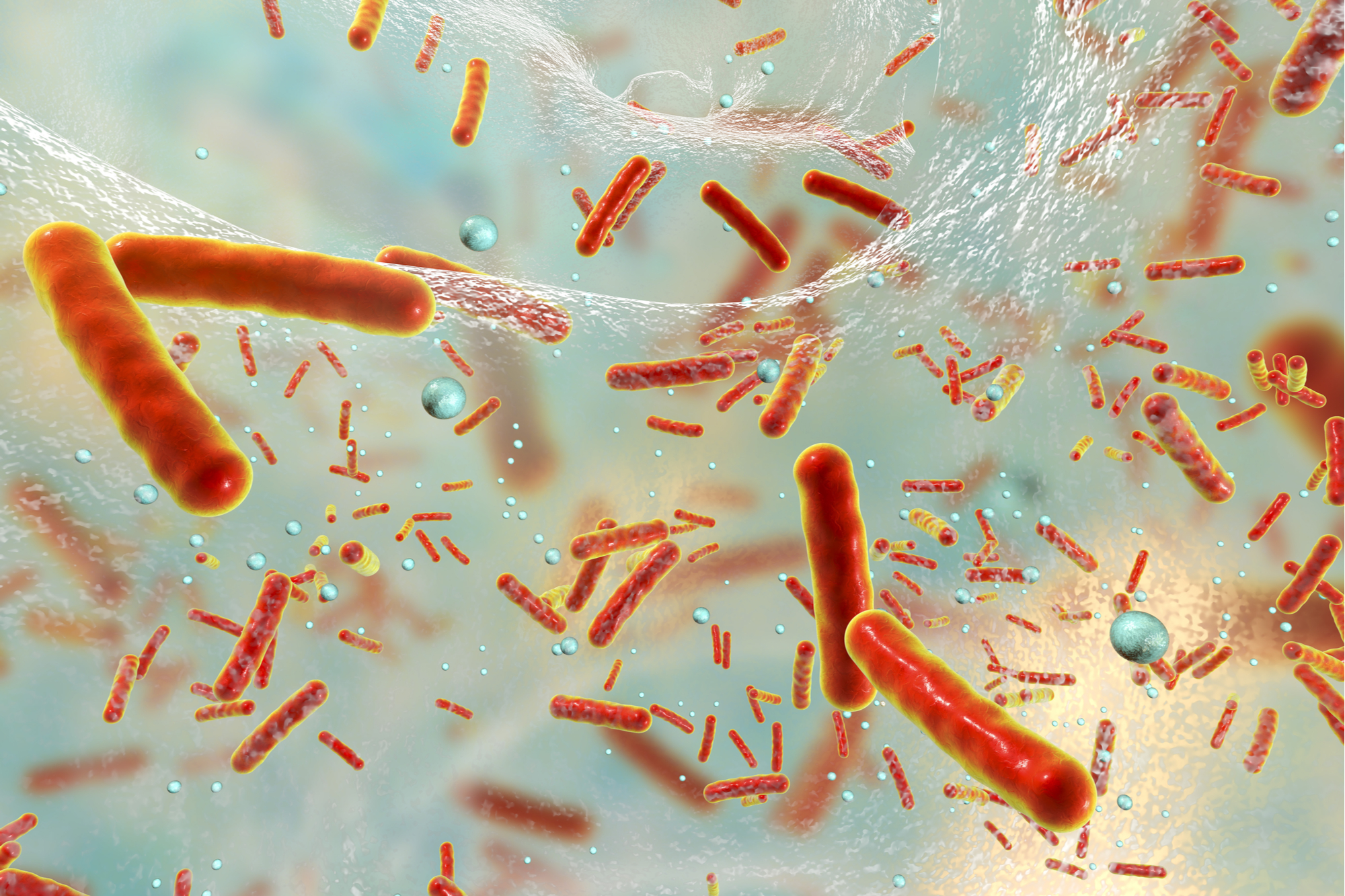
Tuberculosis is caused by bacteria (Mycobacterium tuberculosis) and kills approximately 1.5 million people each year, making it the single most deadly pathogen in our species.
Two bad characteristics of this disease (from a public health point-of-view) is that it is easy to transmit and it is possible to carry the disease in the respiratory system and not know you have it. This increases the risk you could inadvertently spread it to other people.
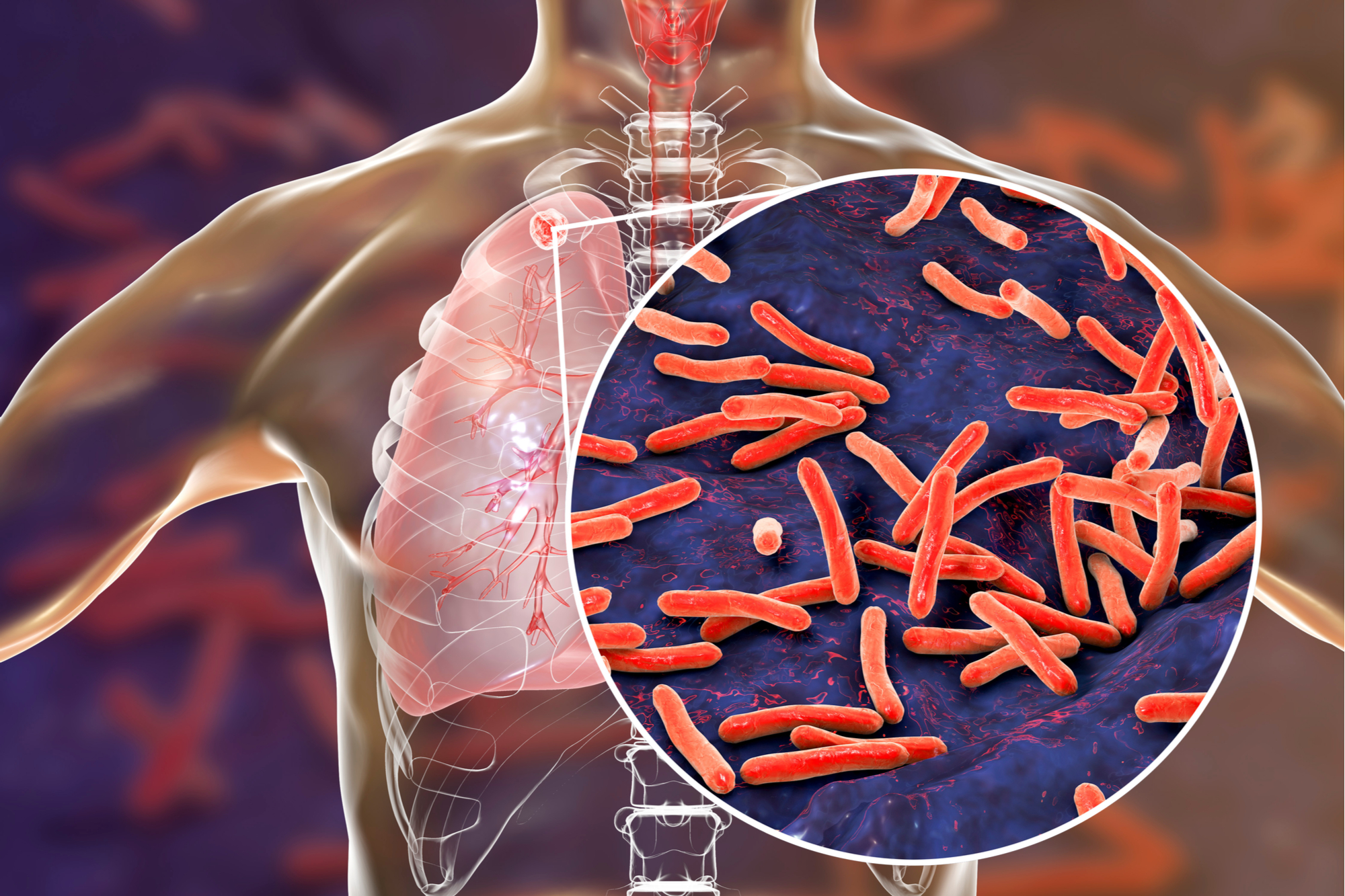
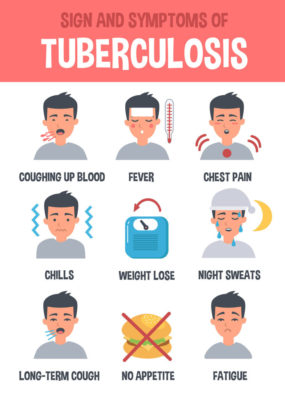
If someone does have symptoms, they may not realize it is related to a TB infection. These symptoms could be associated with several viral diseases.
The Mycobacteria have the potential to damage lung tissue, to the point where excessive connective scar tissue (collagen) appears on an x-ray, appearing like fungal hyphae.
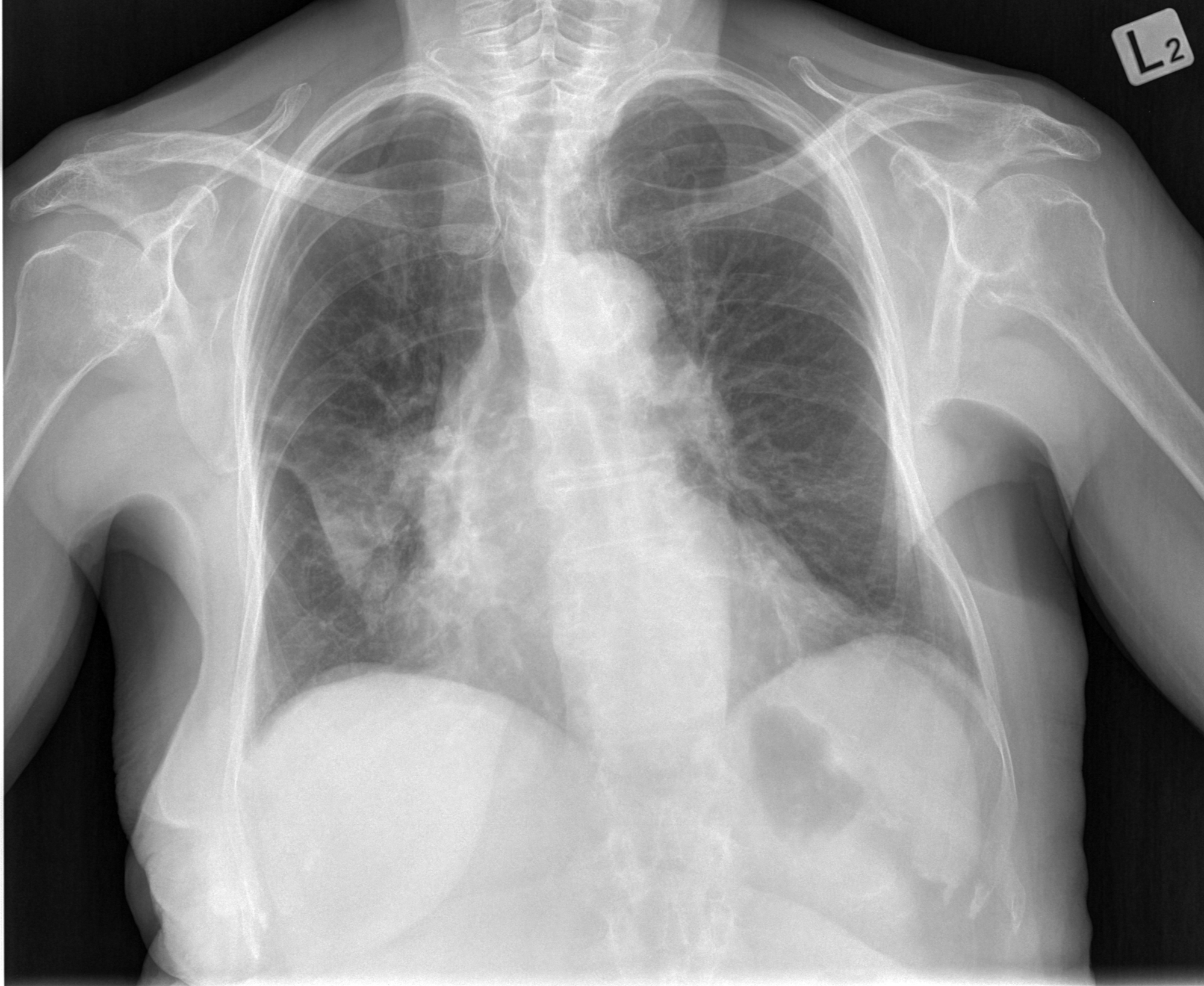
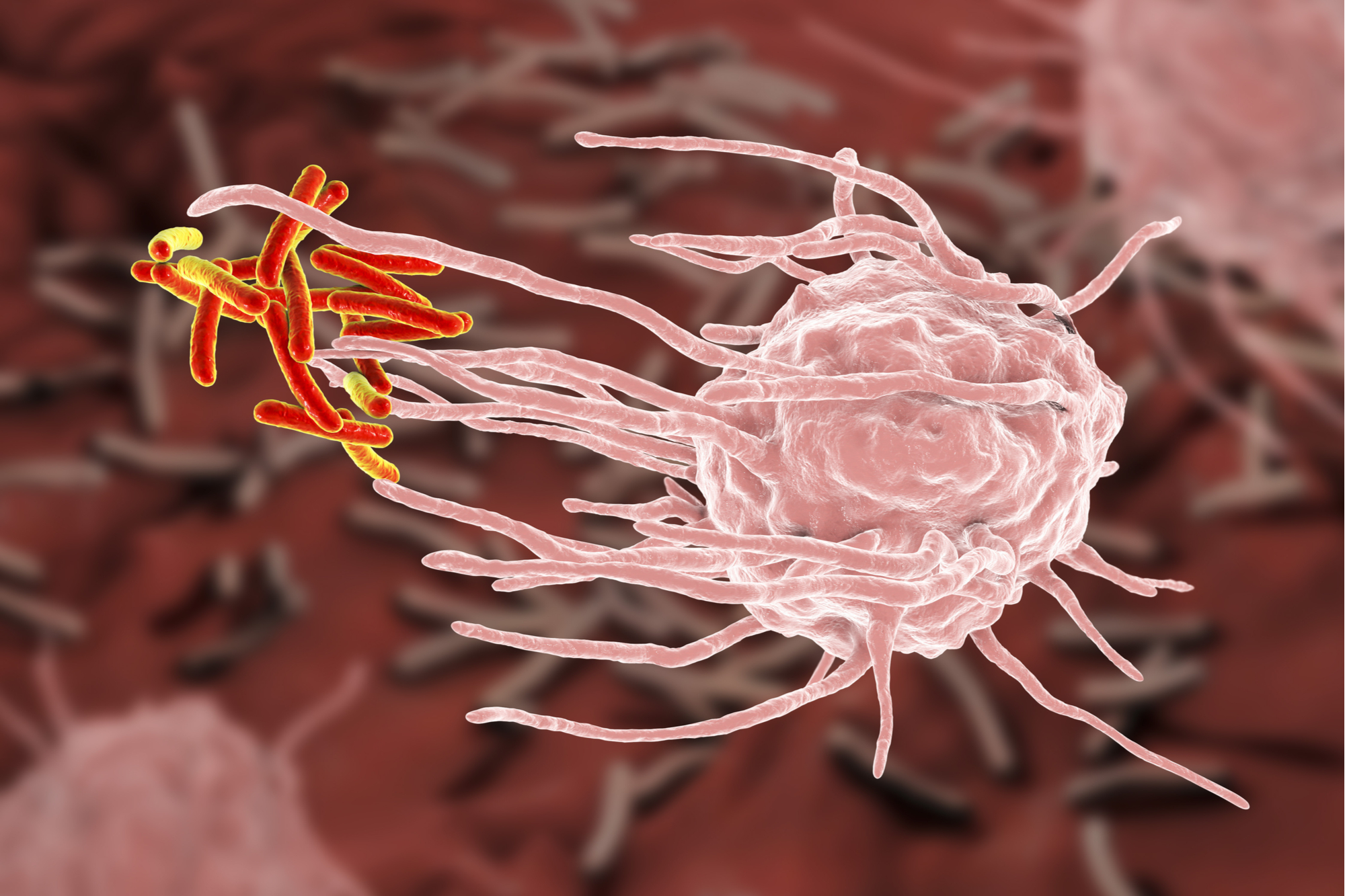
White blood cells, including macrophages fight the bacteria, but damage can be extensive.
Even though most people do not have symptoms, there are so many people infected (approximately 20% of humans), the overall number of deaths is high.
Screening for an active infection varies by country, even by regions within a country.

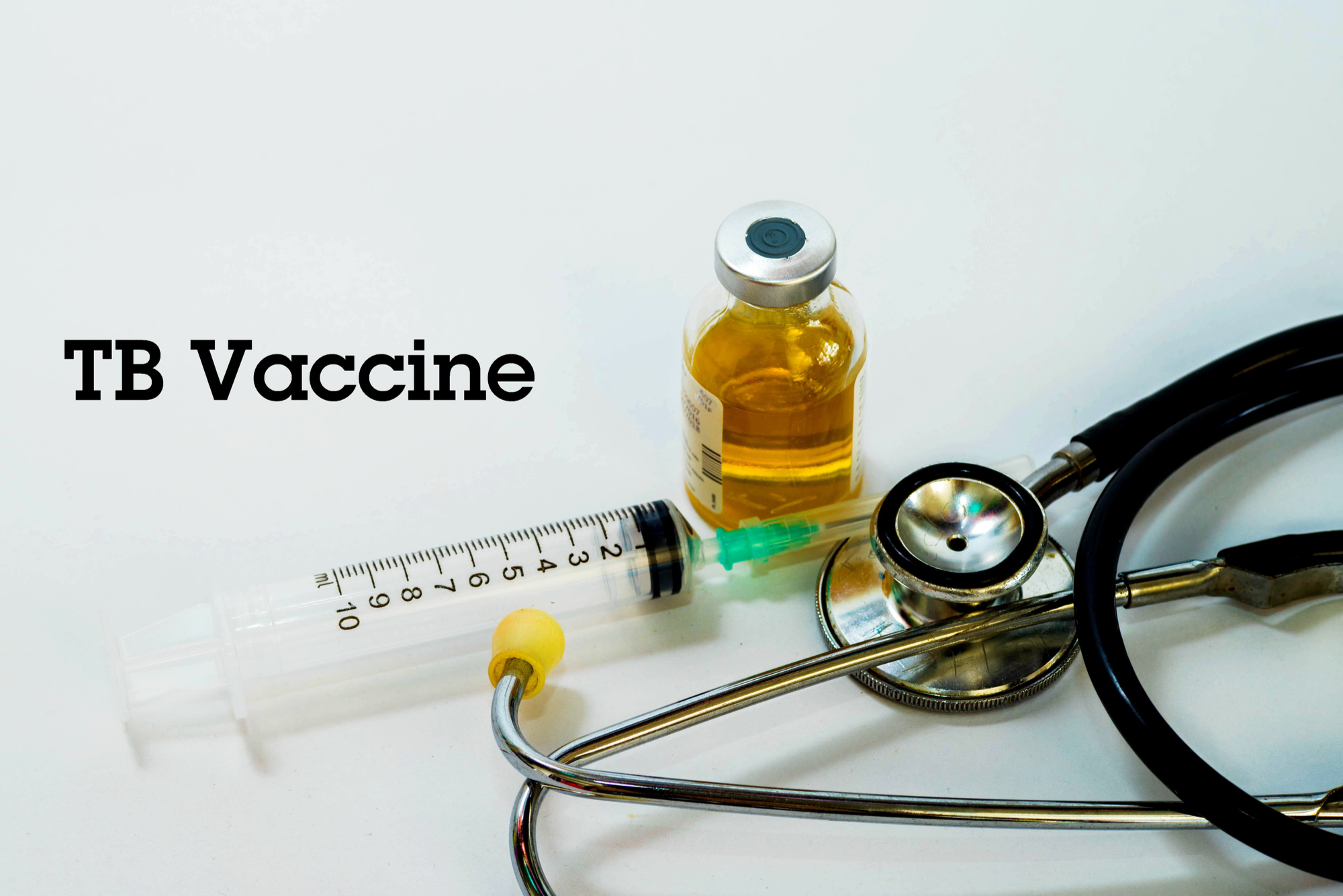
There is a TB vaccine, but its effectiveness is too low to battle this public health epidemic. A new, more effective vaccine is needed.
Recently Emerged Infectious Diseases
Besides COVID-19, we have several other infectious diseases that have emerged in past decades. For example, Monkeypox, a less deadly relative of Smallpox rapidly spread to new countries in 2022. Although the current strain is not likely to be deadly, the pox pustules can be quite painful and may cause an increasing number of people to miss work, which could have an impact on economies if it were to establish as a persistent disease.
Ebola, another disease that has emerged in recent decades, has a high mortality rate and devastating symptoms. Individuals who are infected are typically quarantined to prevent spread of the virus. This disease has inspired movies and books as one of the worst case scenarios of pathogens.
The good news related to Ebola s that in 2019 the U.S. FDA (Food & Drug Administration) approved the first vaccine intended to prevent ebola. It is distributed in areas of Africa whenever cases of ebola begin to re-emerge.
COVID-19 and History
Q. Isn’t the coronavirus related to the common cold? Why is this worse?
A. The common cold is a syndrome of symptoms that is caused by different viruses, especially rhinoviruses. Over 100 different viruses have been linked to “common cold” symptoms, including a group of viruses in Family Coronaviridae, commonly called “coronaviruses” because of a spikey crown-like appearance. Unfortunately, SARS and MERS are beta-coronavirus species that differ genetically and structurally from the viruses attributed to the common cold.
You can learn more about the coronavirus family here.

Q. How does this virus compare to other pandemics we’ve had?
A. Although it may seem like we have been experiencing this pandemic for some time, it is only three-and-a-half years since the initial reported case. As a result, there are still many unanswered questions, and those answers are needed to compare to previous pandemics. The times are also significantly different, there are more people, many medical advances, and a slew of other variables. All that being said, the number of infections and rising death rate is placing this almost on par with the influenza outbreak of 1918 in terms of severity. The form of transmission is similar, the age group primarily impacted is different, and the death rate is lower, but hidden infections may be higher. We have also seen disproportionate impacts on healthcare workers and people with limited access to health care.
This image is from a New York Army hospital in 1918. You can learn more about the 1918-19 flu pandemic here.
AIDS

AIDS has had the greatest impact of recently emerged infectious diseases. Now COVID-19 may surpass AIDS and even TB in the annual number of adult deaths.
This video describes HIV infections and the widespread impact of AIDS.
This video provides a look at the basic structures and impacts of HIV.
This is a different set of visuals to clarify and reinforce HIV structure and impact on host cells.
COVID-19 Emergence

Q. Where did the coronavirus come from?
A. The specific animal species that harbored SARS-CoV-2 prior to infection of humans is still under investigation. The problem is that many animal species became infected at the potential site of the original human infection, and it is difficult to back-track the source. The original SARS-CoV-1, MERS-CoV, and now SARS-CoV-2 are all beta-coronaviruses that are believed to have originated in bats. Another animals species may have been an intermediate host.
Q. Could this have been released, accidentally or not, from a laboratory?
A. Although this possibility exists for many diseases studied in labs, there is no evidence presented to support the idea that this virus was created in and/or released from a laboratory. Although many laboratories around the world harbor and research potential pathogens, and many studied SARS-CoV-1 during and after that outbreak, this pathogen is genetically distinct enough it likely developed within animal hosts. It was also widely predicted that a new potentially lethal coronavirus like SARS-CoV-1 or MERS-CoV would transfer to humans from an animal source.

Science Stories
Often information about disorders is taught in a story format to convey complex information and the degree of impact on an individual.
You will be writing a science story for this guide’s next journal assignment.

Science stories are used to communicate information in a form that can be understood by people with varied science backgrounds. This form of communication is critical in citizen science and science education. Information needs to be accurate, engaging, and tied to real-world experiences.
Effective stories engage attention, convey accurate science information, and create an experience for the recipient.
This slider shows nine characteristics that help a story engage attention, convey accurate science knowledge, and create an experience.
Select a story form that matches your goals
Read over this short story and note how it is engaging (unique), over a science concept (hemoglobin) and a new experience for many people (Triops).
Many people are adopting pets, one of our new favorites is our single Triops that hatched from an egg six weeks ago. It is one inch end-to-end and has learned to hover upside down until it is fed. Even though it’s life span averages eight weeks, it has a broader range of behaviors than we anticipated, including “begging” for food and chasing snails in the tank.
The overall red color is hemoglobin protein, the same protein that carries oxygen in our red blood cells. This animal can live in low-oxygen water, but is very sensitive to environmental pollutants. If you look closely, you can see egg sacs. Even though we only have one Triops, this species is hermaphroditic and the eggs can be self-fertilized successfully. We are collecting the mud hoping to extract the eggs before the Triops eats them all.
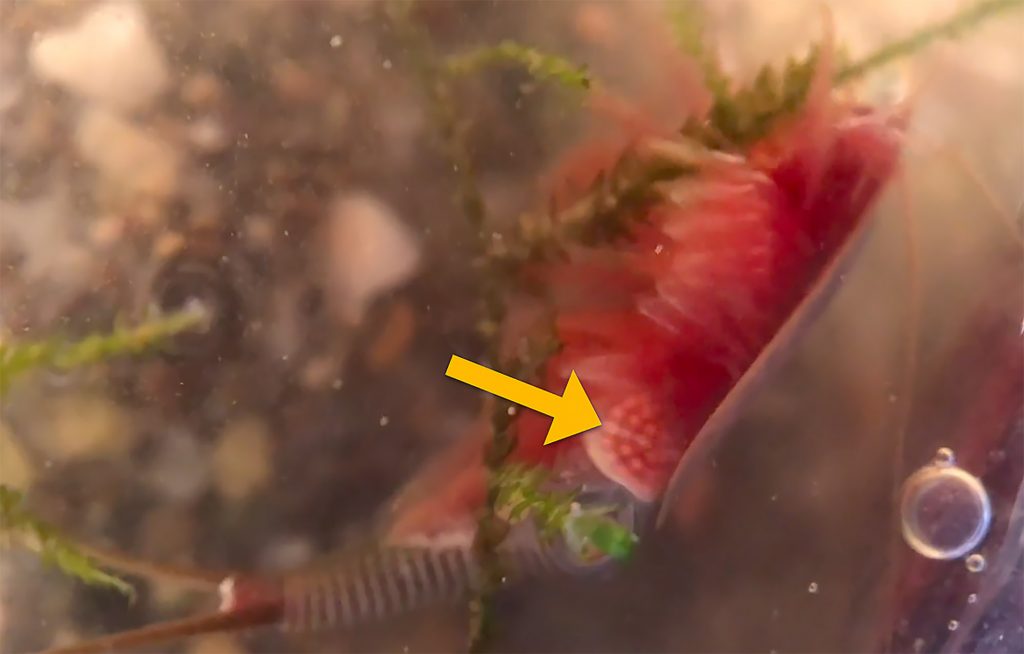
Start this Guide’s second journal assignment here
Journal Page #14: Human Body Story
For this guide’s media piece, you are creating a science story.
It can be about any aspect of the human body, including anatomy, physiology, disease, and/or health.

Process of creating a science story:
-
Select a human body topic that you would like to develop into a story. Topics have included exercise programs, medical emergencies, diet misadventures, and caring for sick relatives.
-
Determine how you will make your story an engaging (accessible, unique, and/or enlightening) experience (discovery, interaction, and/or synthesis) for the story’s audience.
-
Select a story form that best fits the engaging science experience you are creating. It could be an exploration, description, explanation, directions, narrative, or persuasive piece. It could also be a combination of these forms.
-
Create your story. It could be all written, a labeled photo essay, a comic strip, mixed media, or whichever form you feel works best for your goals.
You are turning in
(A) your story.
(B) a brief summary line that indicates (1) the part that is engaging (accessible, unique, and/or enlightening), (2) the science included (concept, skill, and/or connection), (3) the experience (discovery, interaction, and/or synthesis), and (4) the story form used (exploration, description, explanation, directions, narrative, and/or persuasive).
This is the end of Guide 7’s content. After you check your knowledge over the material, proceed to the product page.
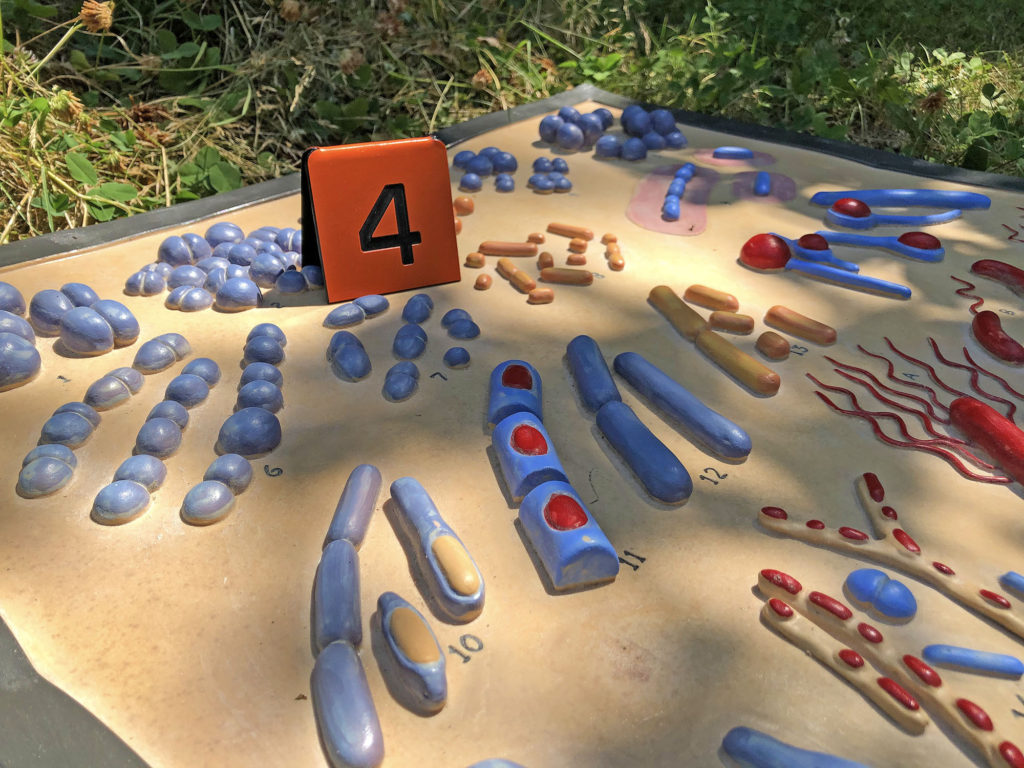
Check your knowledge. Can you:
-
describe tuberculosis, including the form of transmission, degree of infection without symptoms, possible damage to lungs, global occurrence, and antibiotic resistance?
- explain how Ebola is transmitted, the impacts on an individual’s body, overall mortality rate, and the status of a vaccine?
- describe HIV structure, how it infects cells, the infection that progresses in a human over time, and how AIDS impacts the body?
